Section 1
The Heart
By Boundless
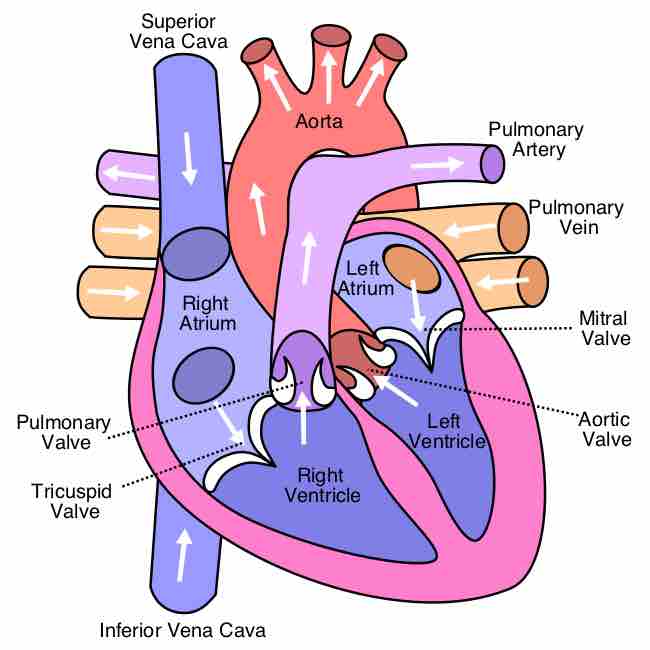
The heart is an organ responsible for pumping blood through the blood vessels using rhythmic contractions of cardiac muscle.
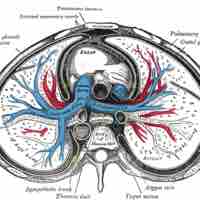
The pericardium is a thick, membranous, fluid-filled sac which encloses, protects, and nourishes the heart.
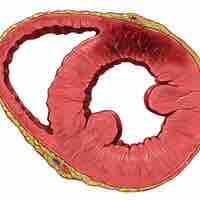
The heart wall is comprised of three layers: the outer epicardium, the middle myocardium, and the inner endocardium.
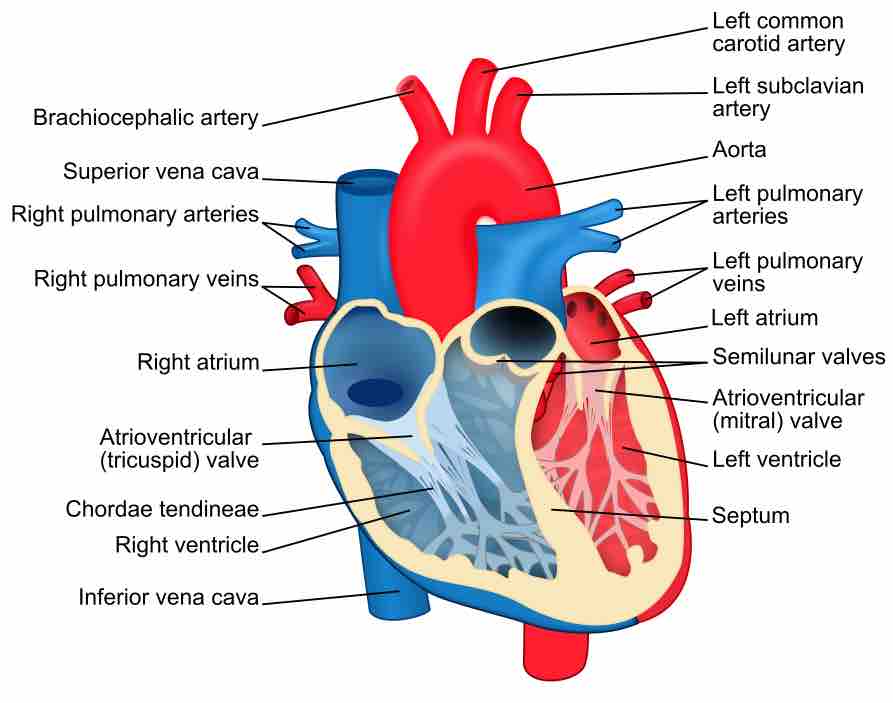
The heart has four chambers. The two atria receive blood into the heart and the two ventricles pump blood into circulation.
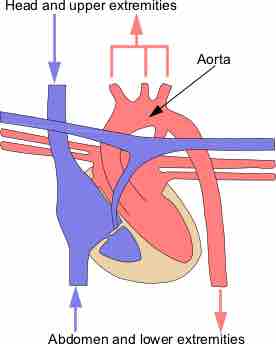
Great vessels are the major vessels which directly carry blood into or out of the heart.
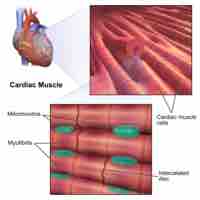
The myocardium (cardiac muscle) is the thickest section of the heart wall and contains cardiomyocytes, the contractile cells of the heart.
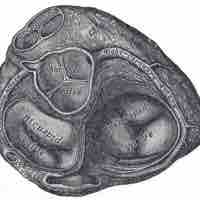
The cardiac skeleton, also known the heart's fibrous skeleton, consists of dense connective tissue in the heart that separates the atria from the ventricles.